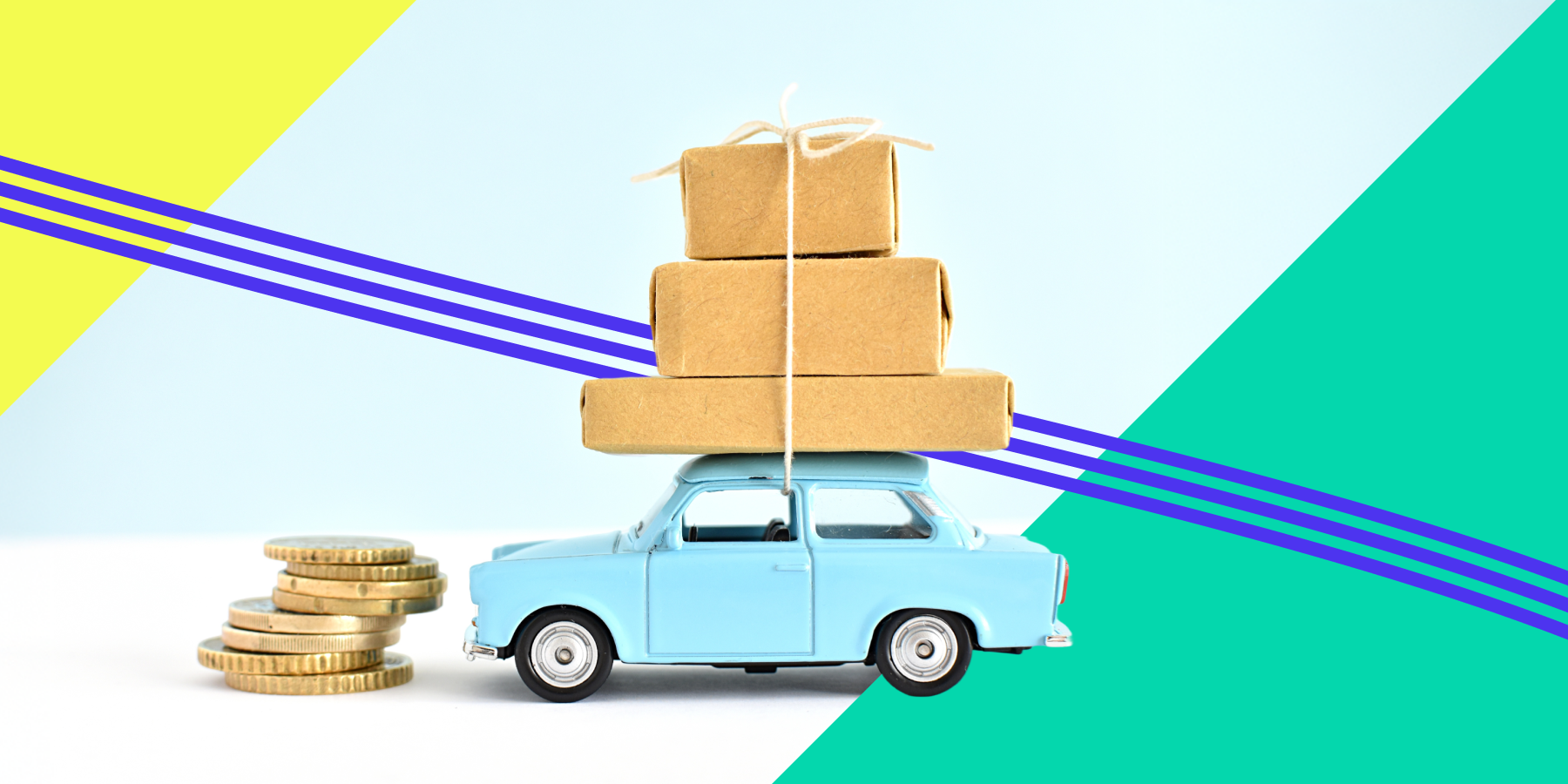Earlier this summer, I said a sentimental goodbye to my first post-grad apartment and moved closer to downtown Austin. While I was excited for this new chapter, I knew moving is expensive, especially when you need to hire movers.
Still, I thought I had the perfect plan to keep costs low. I borrowed boxes from a friend, used my own packing supplies, locked in my moving rate months in advance, took minimal furniture, and only moved 15 minutes away. If anyone could pull off a budget move, it had to be me. Right?
However, after all was said and done, my move cost… $900. And that was just for the movers. Add in application fees, a security deposit, and hours of packing, and my “ideal” move suddenly wasn’t so ideal.
While this cost took a sizable bite out of my savings, I was fortunate enough to stay afloat. But that’s not the case for everyone. For those who are economically disadvantaged, physically limited, or without community support, the time, stress, and cost of moving can become a barrier to making necessary life changes.
The Cost Breakdown of Moving
On average, a local move can cost you around $1,400, while a long-distance move can easily exceed $4,500. However, Realtor.com reports that some cross-country moves top $17,000 once you factor in deposits, travel, and temporary housing.
Here’s where that money often goes:
- Professional movers: $80–$200 per hour, plus fuel fees
- Packing materials: $100–$300 for boxes, tape, and padding
- Application fees: $50–$100
- Security deposits: 1–2 months’ rent, often totaling hundreds or thousands
- Cleaning fees: $100–$500
- Utility setup fees: $50–$200 per service
It’s no surprise that moving consistently ranks among the most stressful life eventsright behind divorce and loss of a loved one.
Operating A People-First Business
Economically, the moving industry makes sense: hundreds of thousands of people each year need these essential services, demand meets supply, and companies profit. However, this profit often comes during moments when customers have little choice but to pay (at amounts far beyond their normal spending) which compounds an already stressful experience.
But it doesn’t have to be this way. Imagine a system where the goal is to maximize value for people during one of life’s most challenging transitions. People-first business models can reduce stress, build trust, and improve outcomes for everyone involved.
Research shows that companies that earn customer trust enjoy stronger loyalty, higher lifetime value, and more sustainable growth. In other words, putting people first isn’t just ethical, it’s smart business.
By prioritizing people, businesses can remain profitable while building lasting relationships and contributing to a more mobile, financially resilient society.
People-First Business in Action
What does this look like in real life? For financial institutions, it means becoming a source of guidance and stability during your member’s key life milestones. For example, credit unions can support members during the moving process by helping them budget, open necessary accounts, and simplify an excessively complex time. When you’re a constant presence in a period of upheaval—that’s trust 101.
At Zogo, we see the impact of people-first business every day. Our partners equip their customers with our gamified financial education platform, empowering them to build financial confidence and make smarter money decisions. In turn, those customers develop deeper trust in the organizations that support them; ultimately coming back for more services, strengthening relationships, and fueling long-term loyalty.
To learn more about how Zogo empowers organizations to grow trust and loyalty with their audience, request a demo today →



